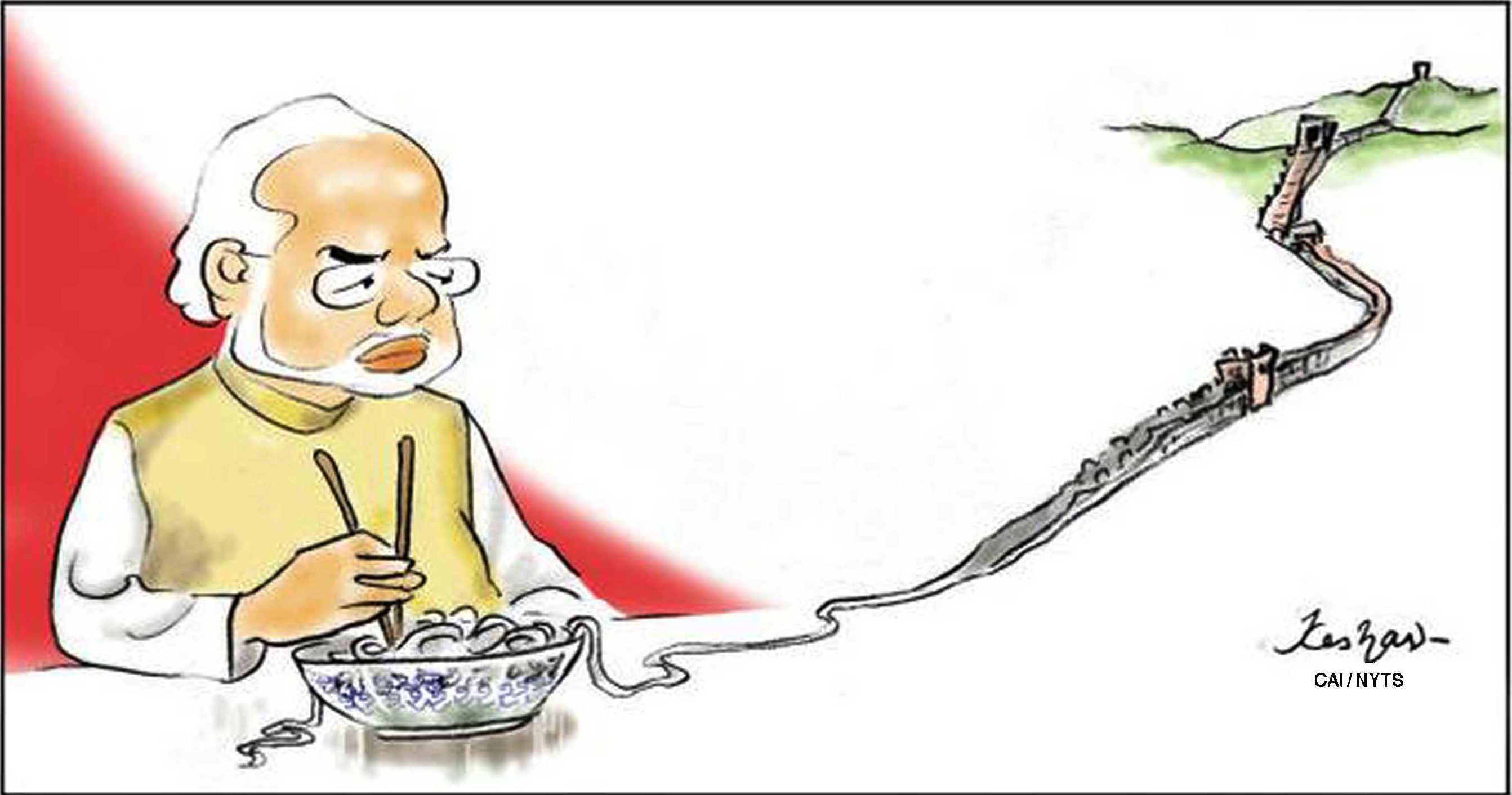Prime Minister Narendra Modi was in Central Asia recently to enhance India's linkages with a strategically critical region at a time when major powers are competing for influence in the five Central Asian nations of Kazakhstan, Kyrgyzstan, Tajikistan, Turkmenistan and Uzbekistan. Russia has made its determination to restore some of its historical influence over its former Soviet empire clear. But it is China that is making the real splash in the region.
Though Russia and China are planning to enhance their engagement in Central Asia and have decided to coordinate their policies in the region, Beijing's economic transformation of the lands west of its restive Xinjiang province has gathered pace in the last decade. With China spending billions of dollars on infrastructure and energy projects to link up the region, it has emerged as the main trading partner of four of the five Central Asian countries that gained independence from Moscow in 1991.
Unlike China, which shares a border with Kazakhstan, Kyrgyzstan and Tajikistan, India's transit to the region lies through Pakistan and Afghanistan, limiting its reach. Yet India's growing interests in Central Asia are well recognized. There is a growing convergence between U.S. and Indian interests, especially their reluctance to see the region fall under the exclusive influence of Russia or China. India was worried in the 1990s when Russian influence in Central Asia weakened substantially with a commensurate rise in Chinese influence. This negatively impacted India's threat perceptions, which stabilized only after the U.S. presence in the region began to grow from 2001.

















With your current subscription plan you can comment on stories. However, before writing your first comment, please create a display name in the Profile section of your subscriber account page.